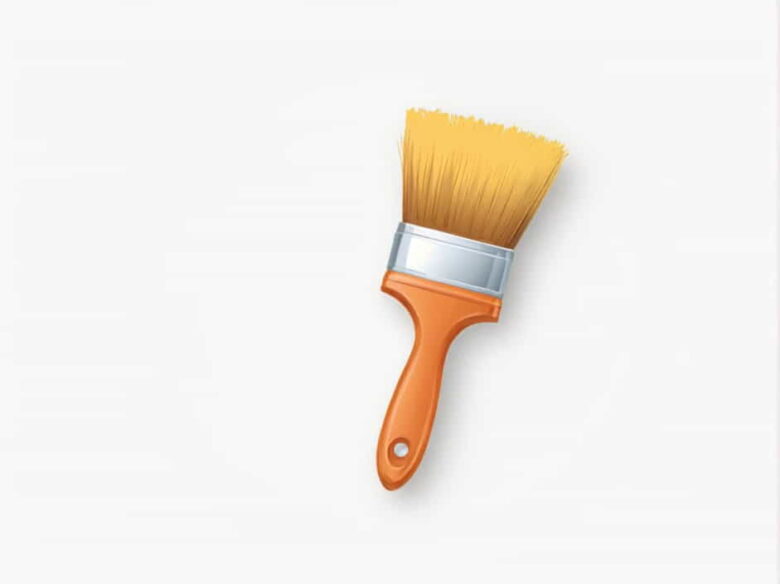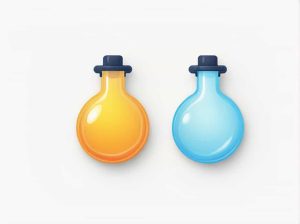Cleaning paint brushes properly is essential for maintaining their quality and extending their lifespan. If you’ve been using oil-based paints, regular soap and water won’t be enough to clean the bristles. Instead, turpentine (turps) is one of the most effective solvents for removing oil-based paint from brushes.
In this guide, well walk through the step-by-step process of cleaning paint brushes with turpentine, discuss safety precautions, and provide tips for maintaining your brushes for long-term use.
Why Use Turpentine for Cleaning Paint Brushes?
Turpentine is a natural solvent derived from tree resin. It is commonly used to thin oil-based paints and clean painting tools. Heres why turpentine is preferred for brush cleaning:
- Effectively dissolves oil-based paints that water alone cannot remove.
- Restores brush flexibility by removing dried paint from bristles.
- Prevents brushes from becoming stiff and unusable.
While turpentine is powerful, it must be used safely due to its strong fumes and flammability.
Materials Needed for Cleaning Paint Brushes with Turpentine
Before starting, gather the following items:
- Turpentine (pure gum turpentine or artist-grade turps)
- Two glass jars or metal containers (one for cleaning, one for rinsing)
- Paper towels or old rags
- Mild dish soap
- Warm water
- Gloves (to protect your hands)
- A well-ventilated workspace
- Brush comb or old toothbrush (to remove paint residue)
Step-by-Step Guide to Cleaning Paint Brushes with Turpentine
Step 1: Remove Excess Paint
Before using turpentine, remove as much paint as possible from the brush.
- Wipe the brush on a paper towel or rag to remove excess paint.
- Press the bristles against the edge of the paint can to squeeze out remaining paint.
This reduces the amount of turpentine needed for cleaning.
Step 2: Prepare the Cleaning Jar
- Pour a small amount of turpentine into a glass or metal container.
- Submerge only the bristles (not the metal ferrule) into the turpentine.
- Gently swirl the brush in the solvent to dissolve the paint.
Avoid fully submerging the brush, as this can weaken the glue that holds the bristles in place.
Step 3: Agitate and Clean the Bristles
- Swirl the brush for 12 minutes to loosen the paint.
- Use a brush comb or an old toothbrush to remove stubborn paint stuck between the bristles.
- Repeat the process if the brush still has paint residue.
Step 4: Rinse the Brush in Clean Turpentine
- Prepare a second container with fresh turpentine.
- Swirl the brush in the clean turpentine to remove any remaining paint and dirty solvent.
This step ensures that all traces of paint are dissolved.
Step 5: Wash with Soap and Water
Turpentine alone is not enough to fully clean the brush. It leaves an oily residue, so washing with soap and water is necessary.
- Apply mild dish soap to the bristles and gently lather.
- Use warm water to rinse the brush thoroughly.
- Repeat until the water runs clear.
Step 6: Dry and Store the Brush Properly
- Gently shake off excess water.
- Reshape the bristles with your fingers to restore their natural form.
- Lay the brush flat on a towel or hang it with the bristles facing downward to dry.
Never store a wet brush upright, as water can seep into the ferrule and loosen the bristles.
Safety Precautions When Using Turpentine
Since turpentine is a strong solvent, it must be handled with care. Follow these safety tips:
1. Work in a Well-Ventilated Area
Turpentine releases strong fumes that can be harmful if inhaled. Always clean brushes in an open space or near a window.
2. Wear Protective Gloves
Turpentine can cause skin irritation. Use gloves to protect your hands from direct contact.
3. Dispose of Used Turpentine Properly
Never pour turpentine down the drain. Instead:
- Let the used turpentine sit in a jar until the paint residue settles.
- Carefully pour off the clean solvent to reuse for future cleaning.
- Dispose of the solid paint waste at a hazardous waste collection site.
4. Keep Away from Heat and Flames
Turpentine is highly flammable. Store it away from open flames, heat sources, and direct sunlight.
Alternative Methods for Cleaning Paint Brushes
If you prefer to avoid turpentine, here are some alternative cleaning methods:
1. Mineral Spirits
- Similar to turpentine but with a milder odor.
- Works well for oil-based paints.
2. Linseed Oil
- A more natural alternative.
- Requires more time but is less toxic.
3. White Vinegar (for Dried Paint)
- Heat vinegar and soak the brush to soften dried paint.
- Works best for acrylic paints rather than oil-based ones.
Tips to Keep Paint Brushes in Good Condition
- Clean brushes immediately after use to prevent paint from hardening.
- Never soak brushes for too long, as this can damage the bristles.
- Use brush conditioners to keep bristles soft and flexible.
- Store brushes properly by hanging them or keeping them flat to maintain their shape.
Cleaning paint brushes with turpentine is an effective way to remove oil-based paints and keep brushes in good condition. By following a proper cleaning routine, you can extend the life of your brushes, save money, and maintain the quality of your painting tools.
Remember to always work in a well-ventilated area, handle turpentine safely, and dispose of used solvent responsibly. With the right care, your paint brushes will stay in top shape for many painting projects to come.



